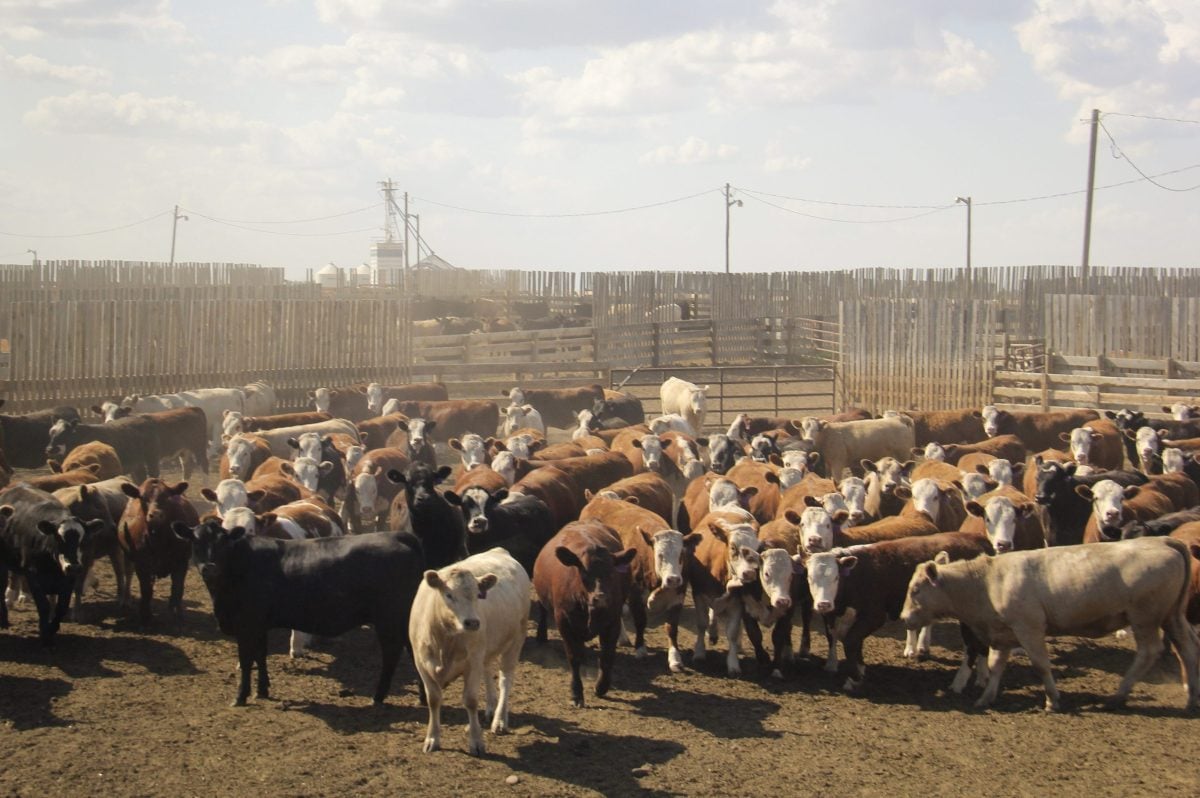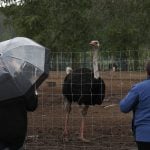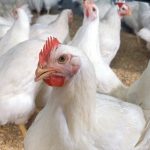U.S. hog futures on Wednesday sank to their lowest level in one and a half years on the spot-month continuous chart amid worries increased hog numbers would continue to pressure cash hog and wholesale pork prices, analysts and traders said.
Live cattle futures ended mostly weak but feeder cattle closed higher.
Chicago Mercantile Exchange (CME) hogs fell more than three per cent due to lower cash hog prices and a sharp drop in wholesale pork values fell hard on Tuesday amid plentiful hog supplies, traders said.
Read Also

U.S. livestock: Hog futures hit contract highs on shock herd decline
Chicago | Reuters – Lean hog futures stormed to contract highs at the Chicago Mercantile Exchange on Friday as smaller-than-expected…
"The sharp increase in hog slaughter numbers, combined with the big increase in weights, is fueling a significant increase in pork production which many fear is going to overwhelm current levels of demand," said independent livestock futures trader Dan Norcini.
Hogs became more plentiful as a break in the hot weather in recent weeks caused them grow quicker.
Also, producers marketed their hogs earlier than usual after the worst drought in the United States in more than 50 years boosted feed grain prices to record highs.
Spot October hogs closed down 2.625 cents, or 3.46 per cent, at 73.175 cents per pound and set a fresh contract low of 73.1 cents (all figures US$).
December hogs ended finished 2.225 cents lower, or 3.05 per cent, at 70.825 cents. It earlier sank to a 70.7-cent new contract low.
Most live cattle slip, feeders gain
CME live cattle finished mostly weak, with August drawing support from short-covering and at least steady cash cattle price expectations, traders and analysts said.
They said uncertainty about cash prices after the August contract expires on Aug. 31 weighed on the October trading month. It will become the new lead contract when August expires.
Spot August live cattle closed up 0.275 cent, or 0.23 per cent, to 119.925 cents. Most-actively traded October ended down 0.15 cent, or 0.12 percent, to 124.475 cents.
December finished 0.125 cent weaker, or 0.1 per cent, at 128.05 cents.
"Traders are confident cattle supplies are tight enough to force packers to keep a floor under cash prices. But, packers
are not going to pay more than they have to given signs wholesale beef demand is topping out," a trader said.
Cash bids for cattle stood at $118 per hundredweight (cwt) against $123 asking prices. Fed cattle last week moved at $120 to $121.
USDA estimated Wednesday morning’s wholesale choice beef price at $193.63 per cwt, down 19 cents from Tuesday.
Feeder cattle futures turned higher as profit taking pulled down corn prices, which could help ease feed costs for cattle
feeding operations.
August feeder cattle closed up 0.425 cent, or 0.3 per cent, to 140.225 cents/lb. September finished 0.45 cents higher, or 0.32 per cent, at 141.575 cents.
— Theopolis Waters writes for Reuters from Chicago.














